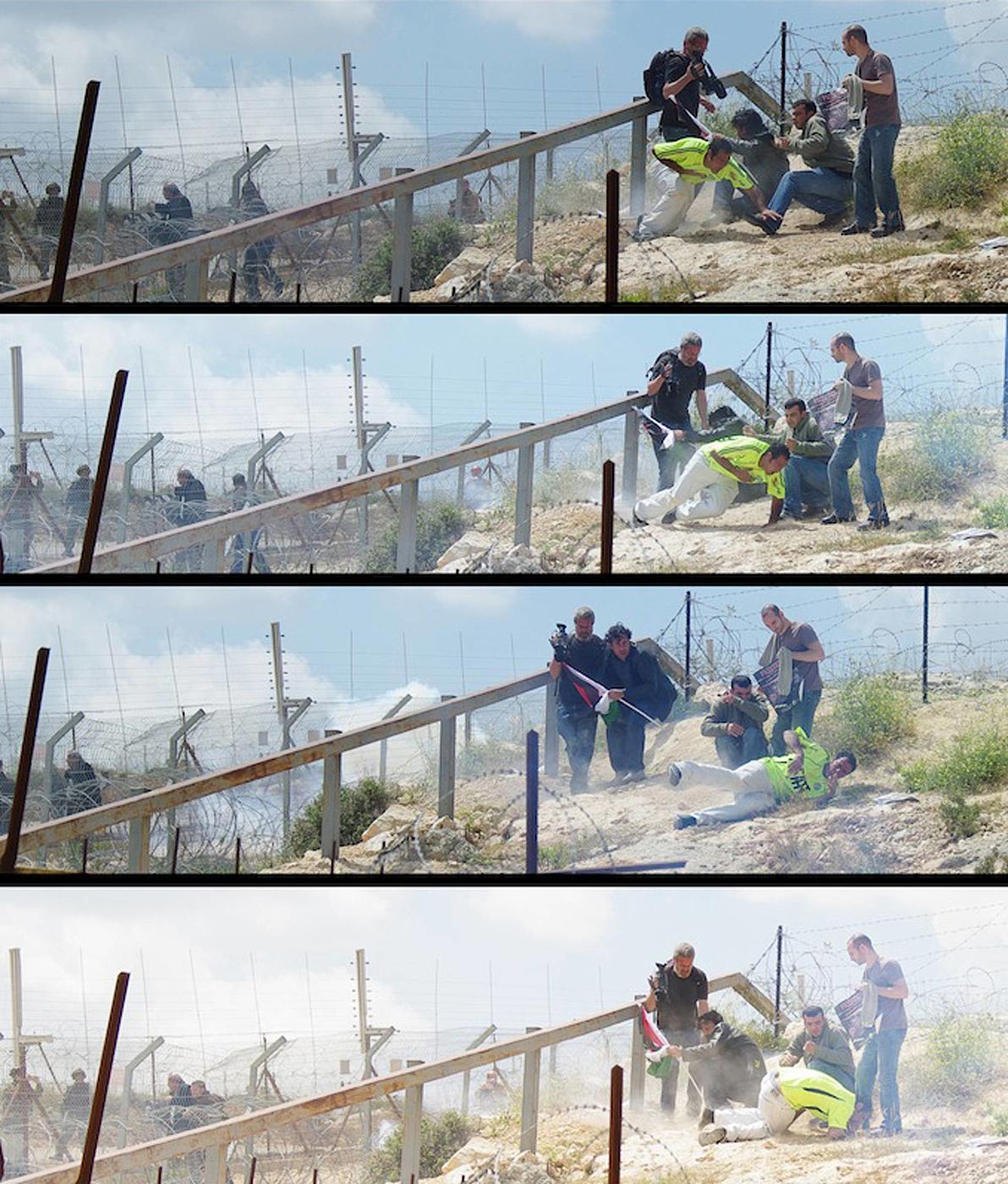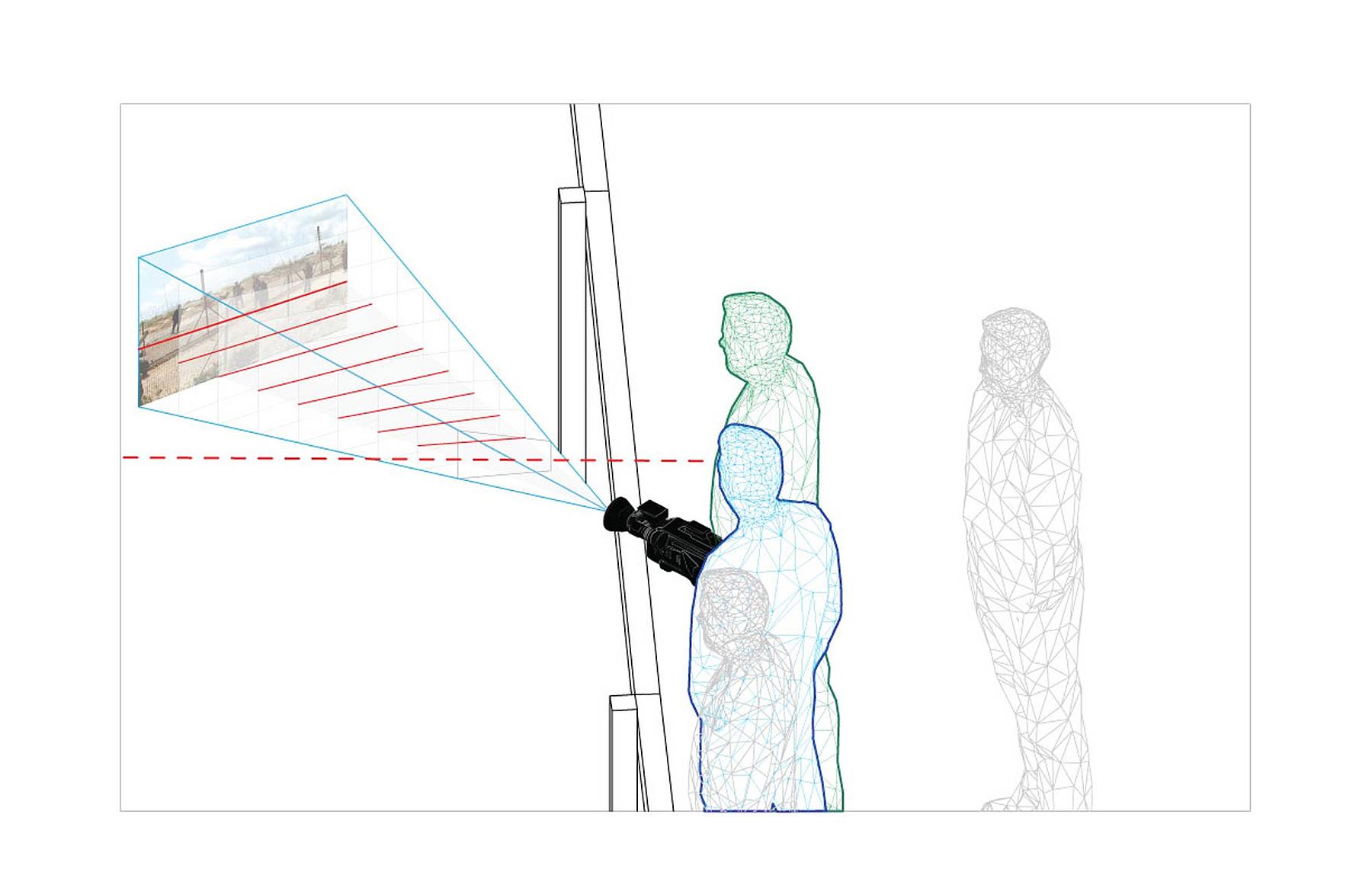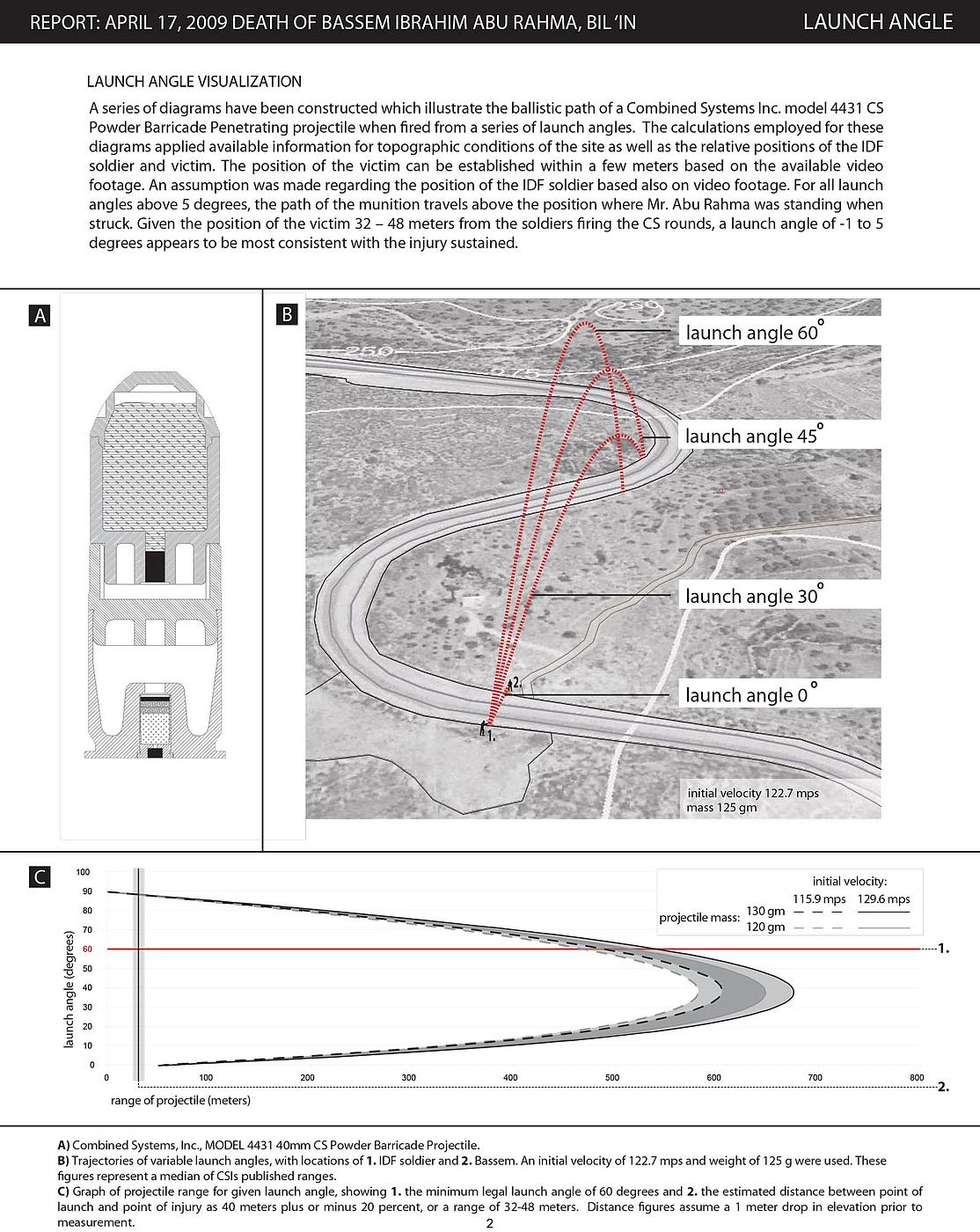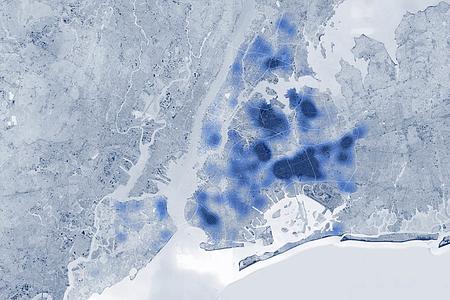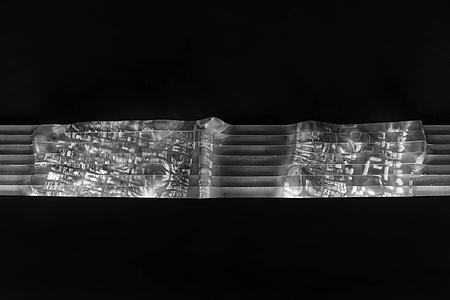Bil'In Report
An event reconstruction focused on the death of an unarmed protester demonstrating in the West Bank Village of Bil’In.
Explore the report here:
http://www.situstudio.com/blog/wp-content/uploads/2010/07/Abu_Rahma_report_web.pdf
Collaborator
Forensic Architecture
Clients
B'Tselem
Michael Sfard and Emily Schaeffer
Location
Bil'In, West Bank
Completion
2013
In April of 2010, SITU collaborated with Forensic Architecture on a report at the request of attorney Michael Sfard and the human rights organization B'Tselem to investigate the death of 30 year old Bassem Abu-Rahma, a palestinian man killed during a peaceful protest in the West Bank village of Bil'In. After reading the geospatial report, Israel's judge advocate general ordered an official investigation into what Israeli soldiers initially claimed was an accidental death.
Bassem Abu-Rahma was standing in the middle of a well-documented, weekly protest march, when a tear gas canister hit him in the chest, killing him due to massive internal bleeding. Although the incident was captured in at least three different civilian videos, the IDF has stated that they did not directly target the protest, and claimed the projectile that killed Abu-Rahma had ricocheted off a wire fence.
Civilian footage played a crucial role in the event’s reconstruction, as the projectile’s path was captured in one protestor’s video footage, filmed one meter away from Abu Rahma when he was struck. By extrapolating information on the video’s picture plane and from what was known about the videographer’s position on the site, SITU was able to identify a range of locations from which the rocket could have been fired.
A spatial analysis was prepared in an effort to establish where the projectile was fired from, and at what angle. Using a digital model of the landscape that included soldiers' and protesters' positions, SITU ran a series of ballistic models, indicating that the projectile was launched directly at Abu-Rahma, in contravention of open fire regulations for indirect fire (fired at less than a 60 degree angle). Based upon this analysis, the following two scenarios are the only probable ways in which the round could have directly struck Abu-Rahma:
Scenario 1: Direct Hit
If the lethal round struck Mr. Abu Rahma directly without deflecting off of any part of the fence, it would have had to been fired at a launch angle of -1 to 1 degree.
Scenario 2: Fence Deflection
If the lethal round first hit a wire in the fence, changed direction, and then struck Mr. Abu Rahma, it would have had to been fired at -1 to 5 degrees. If shot at an angle over 5 degrees the round would have passed over the fence. To hit the fence when firing at sixty degrees the soldier would have had to have been standing no more than two meters from the fence. Based on an analysis of the positions of soldiers apparent throughout the video footage, the distance between the soldiers and the fence exceeded 2 meters.
In addition to this spatial modeling, a parametric tool was developed that allowed key variables in the ballistic equation to be easily modified, updated and visualized. The equation for projectile motion was input into Grasshopper—a graphical algorithm editor, and mapped onto digital model of the protest site. This provided further evidence that the projectile could not have been launched at an angle of 60 degrees.
In March 2013, after three years of waiting for results of the internal inquiry, Bassem Abu Rahma's mother, Subhiya Abu Rahma, petitioned the Military Advocate General, Major General Danny Efroni, to reach a decision in the case and to prosecute the soldier who fired the weapon. The petition was filed jointly between the Bil'In Village Council, B'Tselem and Yesh Din and demanded a hearing and an end to the waiting period. SITU's collaborators, attorneys Emily Schaeffer and Michael Sfard, note that the refusal to reach a decision in the case over such a long period is unreasonable according to international law that states investigations into human rights violations must be effective, take place without delay, and are completed promptly. Finally, in September of 2013, Major General Danny Efroni issued an official statement that the case was being closed and that no further investigation or indictment would take place.


